
Nitesh Patel - Physiotherapist
Posts
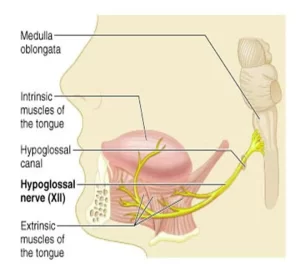
Hypoglossal Nerve
Introduction The Hypoglossal nerve is the twelfth cranial nerve, and innervates all the extrinsic and intrinsic muscles of the tongue, except for the palatoglossus which...
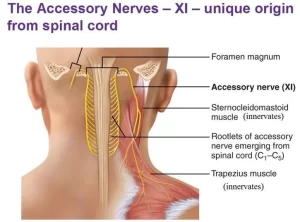
SPINAL ACCESSORY NERVE
Introduction The accessory nerve is a cranial nerve that supplies the sternocleidomastoid and trapezius muscles. It is considered the eleventh of twelve pairs of cranial...
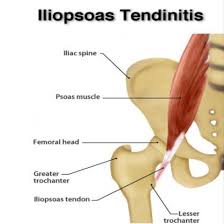
Iliopsoas Tendonitis
Definition: Iliopsoas tendonitis is an inflammation of the tendon or area surrounding the tendon. Major causes of iliopsoas tendinitis are acute trauma and overuse resulting...
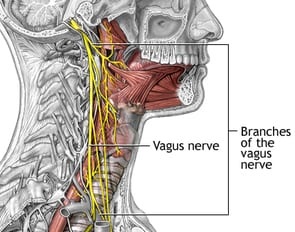
VAGUS NERVE
INTRODUCTION The vagus nerve is the longest and most complex of the 12 pairs of cranial nerves that emanate from the brain. It transmits information...
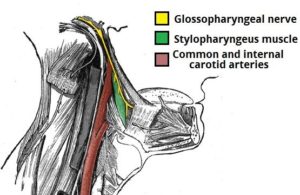
GLOSSOPHARYNGEAL NERVE
INTRODUCTION : The glossopharyngeal nerve, known as the ninth cranial nerve (CN IX), is a mixed nerve that carries afferent sensory and efferent motor information....
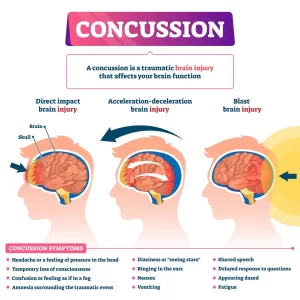
Concussion
Definition: Concussion is a complex pathophysiological process affecting the brain. It is the result of an injury caused by a biomechanical force i.e., a direct...
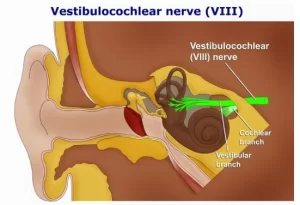
Vestibulocochlear Nerve (CN VIII)
Introduction The vestibulocochlear nerve (auditory vestibular nerve), known as the eighth cranial nerve, transmits sound and equilibrium (balance) information from the inner ear to the...

ABDUCENS NERVE
INTRODUCTION : The abducens nerve (or abducent nerve) is the sixth cranial nerve (CNVI), in humans body that controls the movement of the lateral rectus...

Frontalis Muscle – Anatomy and Exercise
INTRODUCTION: The frontalis muscle is a thin, wide, four-sided muscle located at the top front of the skull. The frontalis muscle only serves for facial...

Frozen Shoulder and Physiotherapy Management
Frozen Shoulder Introduction A frozen shoulder is a condition that causes shoulder pain and stiffness, which most commonly occurs in middle-aged people. When it occurs,...
